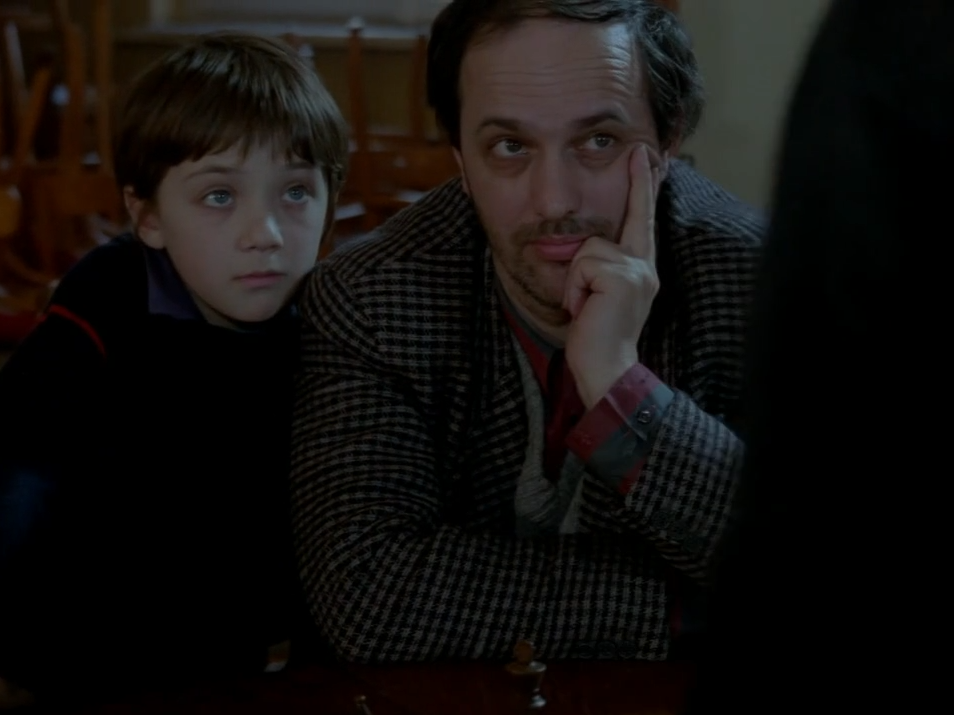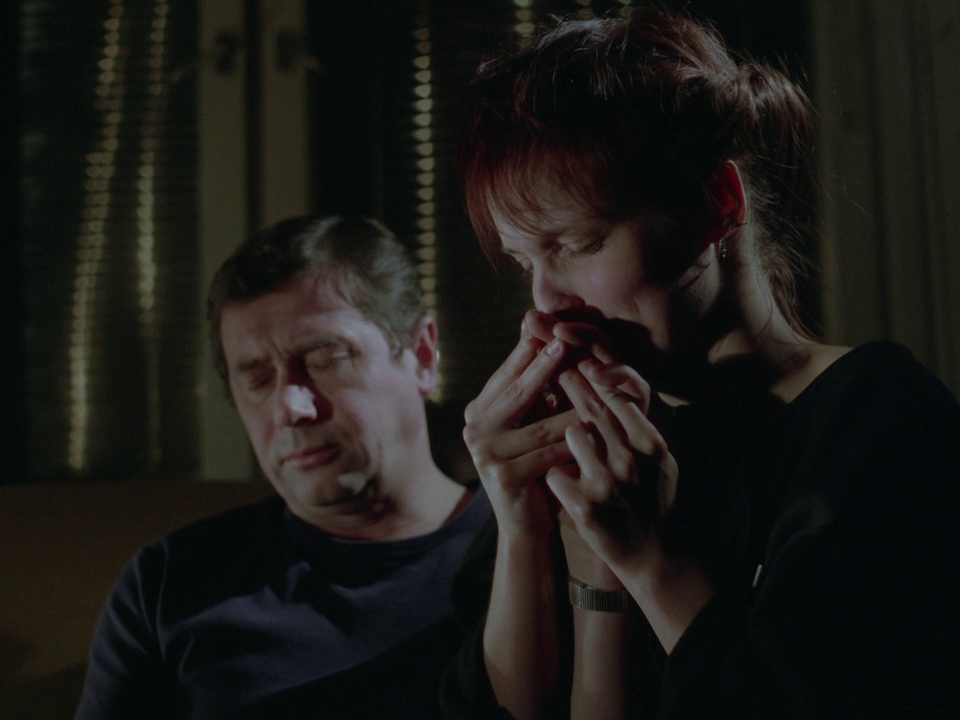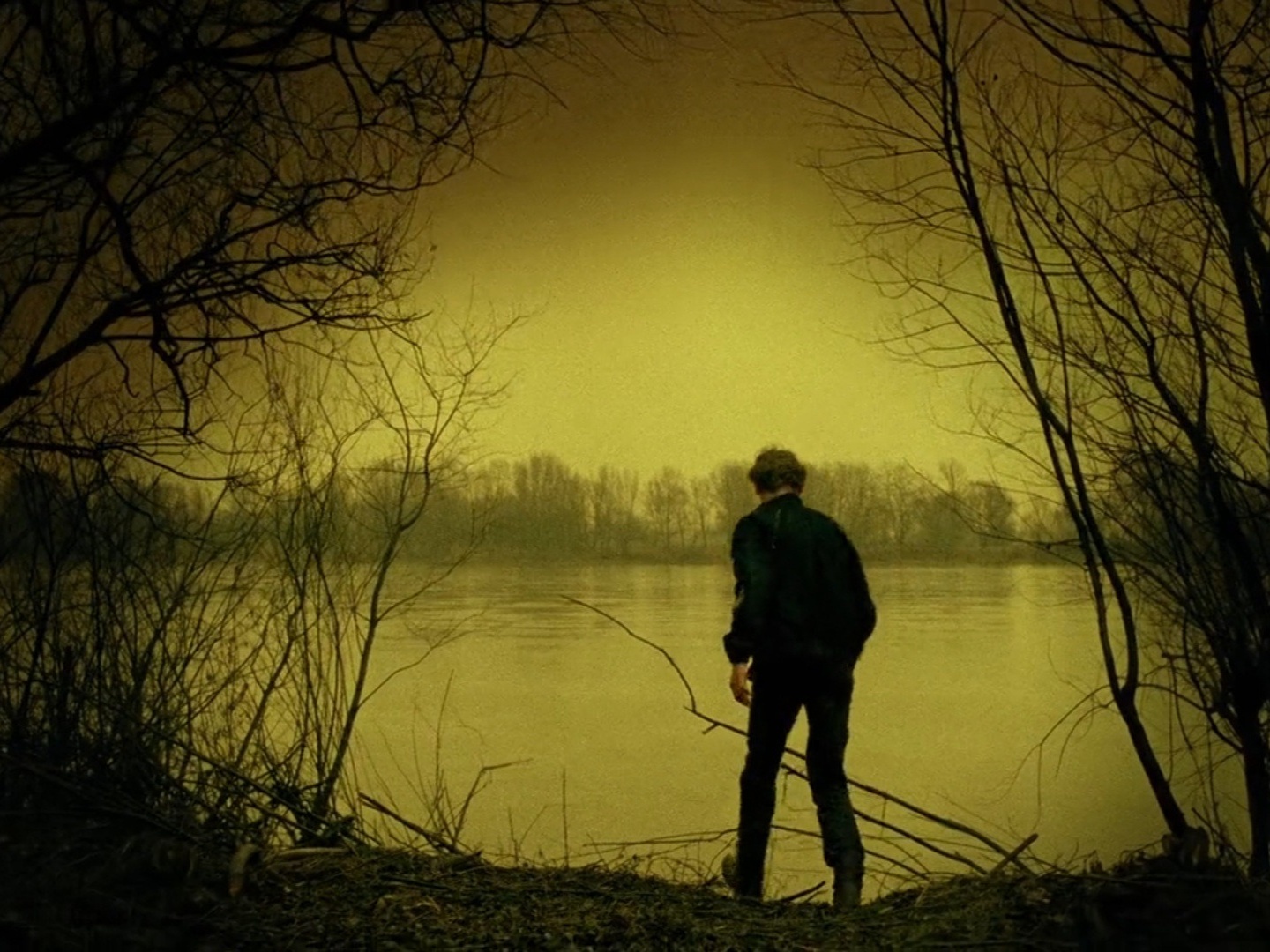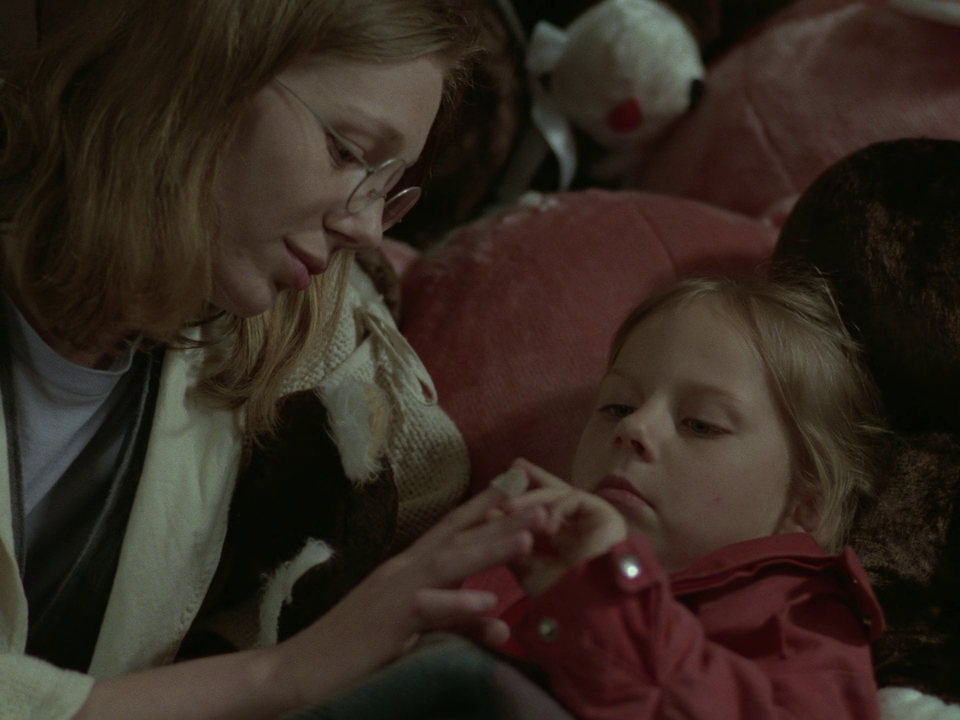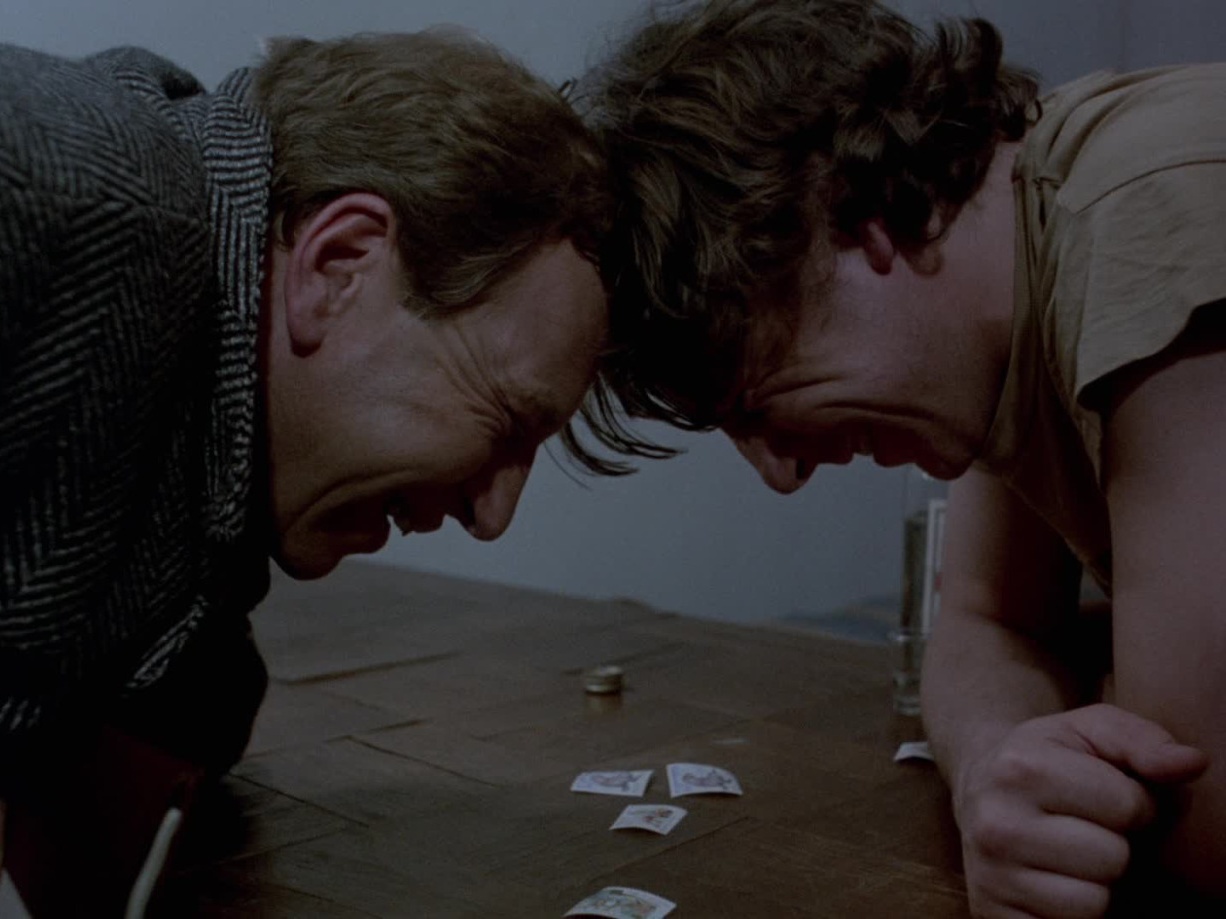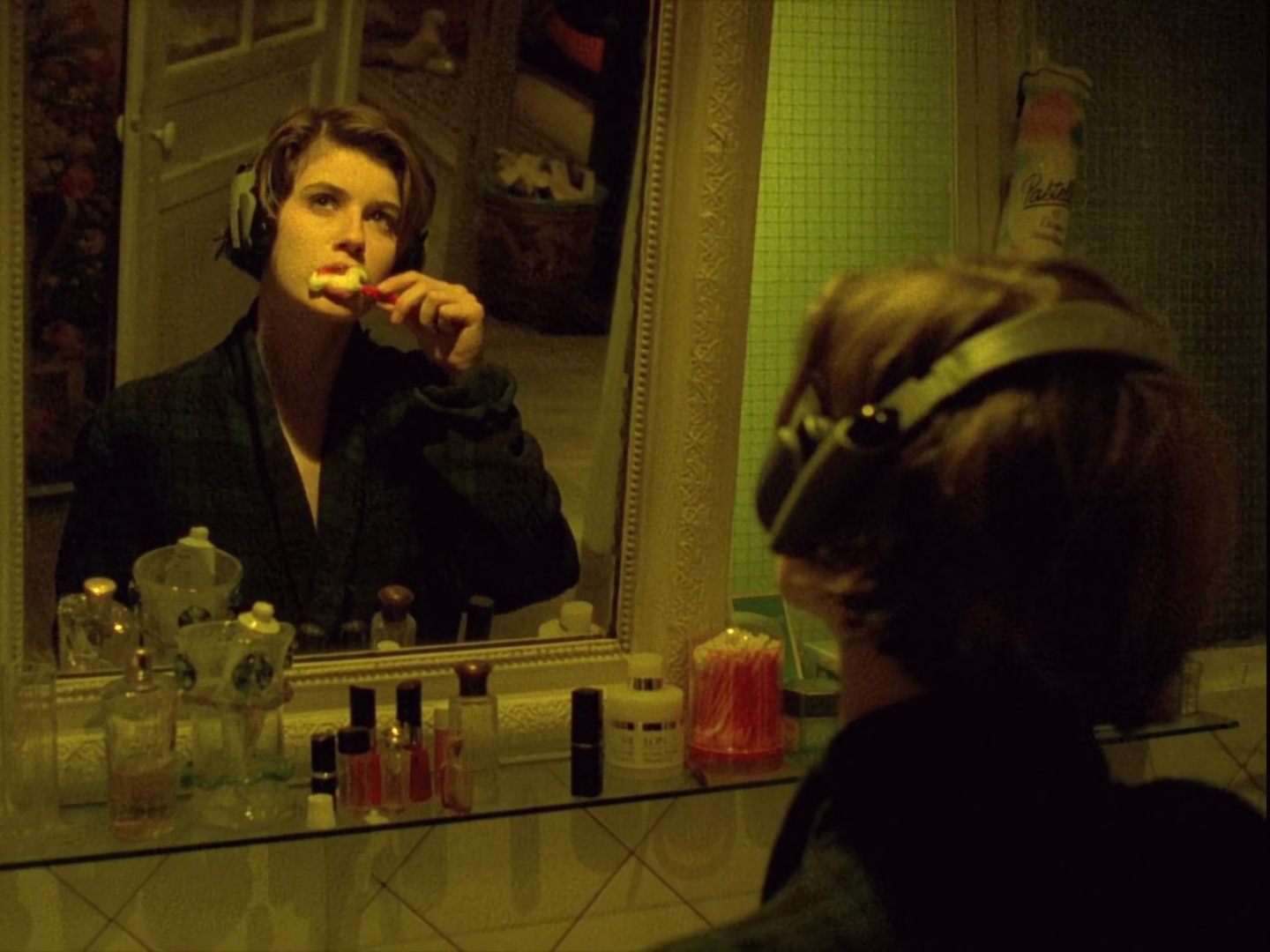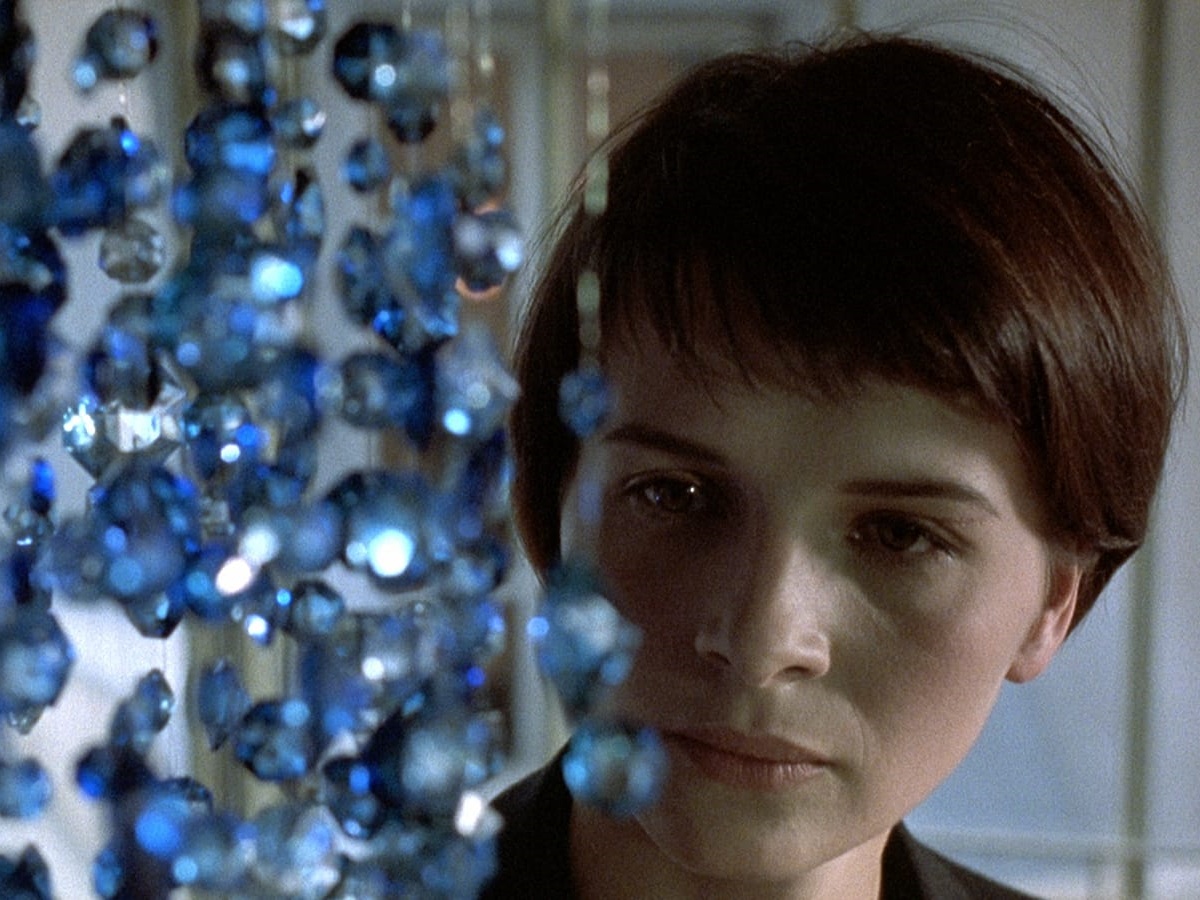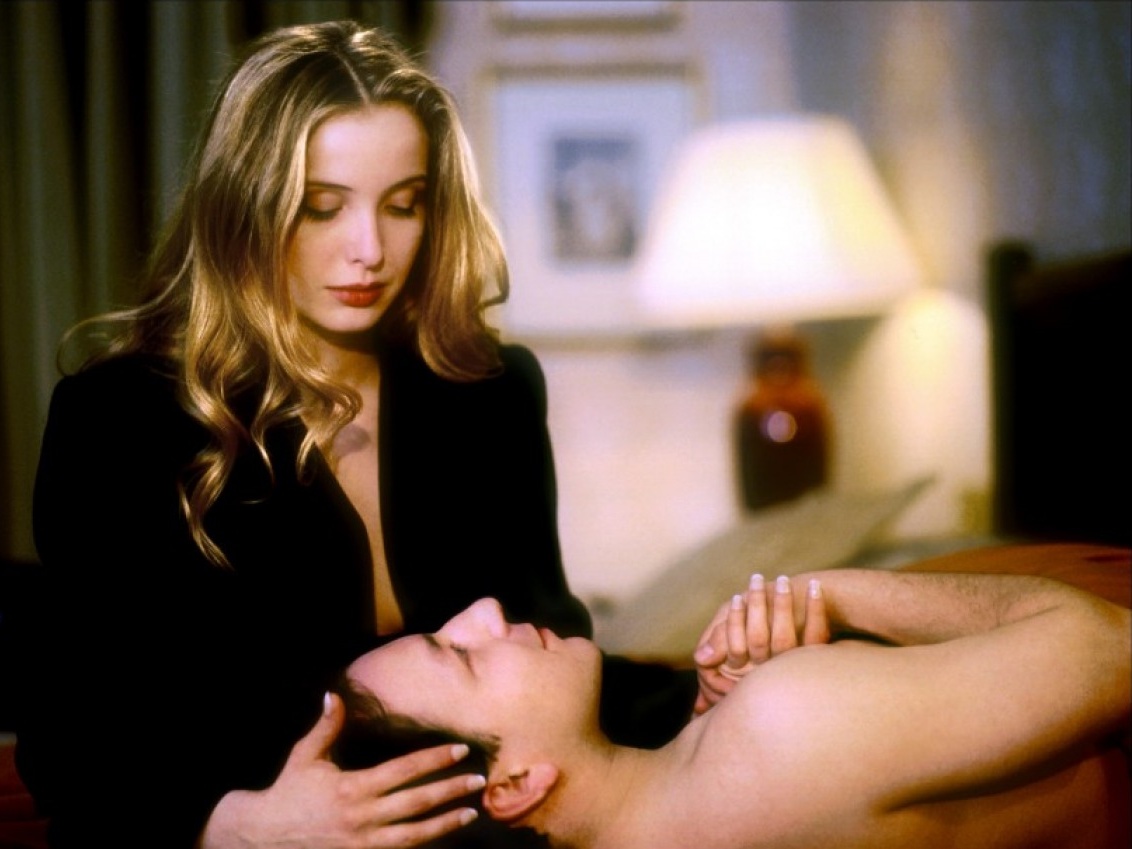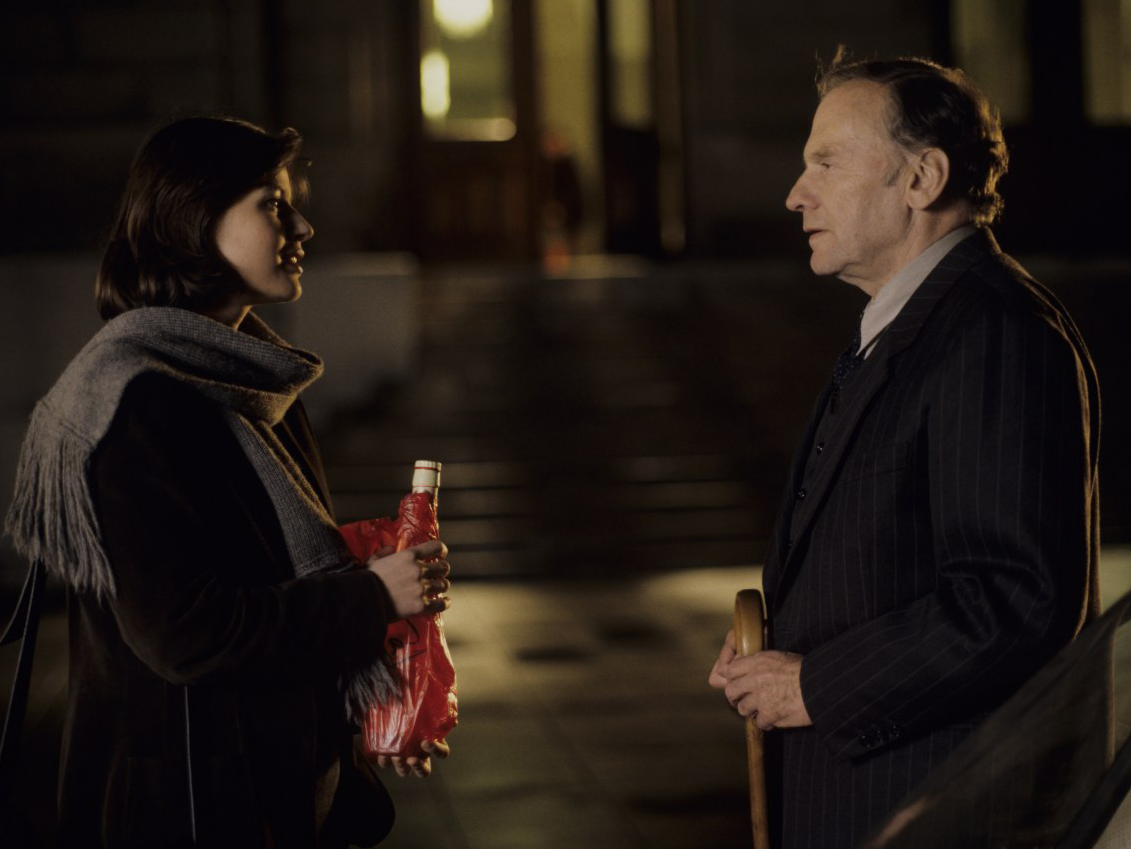2022
An Eternal Odyssey: The Complete Theo Angelopoulos
Human destiny. Eternal return. Flowing in the vein of Theo Angelopoulos (1935-2012), the accents of these themes [...]
Human destiny. Eternal return. Flowing in the vein of Theo Angelopoulos (1935-2012), the accents of these themes reign over all his works in variations and fugues. In a life of cinematic odyssey, he navigated distinctive aesthetics of myth and empathy, transposing us into a deep exploration and contemplation of exile, displacement and homecoming – a national and personal journey that fated to never end.
His early childhood memories innately reflect a broader national trauma. The agonising experience of searching for a missing, or even non-existent, father becomes a metaphorical concept in his work, from Journey to Cythera to Landscape in the Mist, that evokes the effects of war, emigration, and authoritarian society on families and communities. Simultaneously a tribute to and a reincarnation of the Greek epic poem, the emotional odyssey is also a yearning for reconnecting with the cultural past, while contemplating self-identity, artistic pursuit and ideological disillusionment, as seen through the characters of Alexander, or simply “A”, in Ulysses’ Gaze, Eternity and a Day and The Dust of Time.
Deeply immersed in Hellenic culture, his films are coded with classical references, transfiguring Byzantine images and mythical personalities in Greek Tragedy to probe the roots of contemporary Greek society. Like the travelling players who live through the turbulent times of the 20th century, the last modernist sought to capture the human toll of its tragic legacy, in his monumental fusion of history, myth and memory that is incisive and deeply moving.
An epic poet of the cinema, Angelopoulos redefined the slow pan, the long take and tracking shots through his magisterial elliptical style, spatial coexistence and languidly unfolding narratives, providing “more freedom” for viewers to ponder upon his historical and political allegories. Failed idealism articulated through the elegiac image of Lenin’s dismantled statue; transcendence across borders conjured by the line of yellow jacketed refugees on the telephone poles; or dreams of hope evoked in the lone tree in the mist – all these emblematic imageries of poetic realism encapsulate Angelopoulos’ distinctive gaze of estrangement, and vision of redemption.
The sudden arrival of the Angel of Death left his odyssey to The Other Sea unfinished. Yet, nothing ever ends. The end is where he starts from.
PS As if living through the journey, the cancellation of our first quarter programme is to make a new beginning. We go with films that have their own lives: see, they return, and bring us with them.
Special thanks to Theo Angelopoulos Film Production and Theo Angelopoulos family.
.jpg)
The Broadcast
Read more.jpg)
Reconstruction
Read more.jpg)
Days of '36
Read more.jpg)
The Travelling Players
Read more.jpg)
The Hunters
Read more.jpg)
Alexander the Great
Read more.jpg)
Athens, Return to the Acropolis
Read more.jpg)
Journey to Cythera
Read more.jpg)
The Beekeeper
Read more.jpg)
Landscape in the Mist
Read more.jpg)
The Suspended Step of the Stork
Read more.jpg)
Ulysses’ Gaze
Read more.jpg)
Eternity and a Day
Read more.jpg)
Trilogy: The Weeping Meadow
Read more.jpg)
The Dust of Time
Read more
Back to the Screen
The Golden Age
The Astute Humour of Ernst Lubitsch
Hailed by Orson Welles as “a giant” whose “talent and originality arestupefying”, Ernst Lubitsch (1892–1947) is celebrated [...]
Hailed by Orson Welles as “a giant” whose “talent and originality arestupefying”, Ernst Lubitsch (1892–1947) is celebrated for inventing the genre of sophisticated romantic comedy and pioneering movie musicals. He won the admiration of his fellow directors, including Alfred Hitchcock and Billy Wilder, whose office featured a sign on the wall asking, “How would Lubitsch do it?” His stature and influence in the world of cinema has never faded over a century.
Born in Berlin in 1892, Lubitsch had already come to international prominence with hits like Madame DuBarry and Anne Boleyn, before he was invited by Mary Pickford to Hollywood in 1922. Remaining in the US for the rest of his career, he quickly established a reputation as one of the art-form’s most elegant and sophisticated auteurs. The Marriage Circle is a perfect example of his bold, taboo-breaking style, challenging social mores with his sexually liberated and progressive protagonists.
Transitioning seamlessly from the silent era into talkies, Lubitsch worked consistently with the biggest stars in the industry, while “the Lubitsch touch” became a brand unto itself. His brazenly frank and ribald comedies, such as Trouble in Paradise and Design for Living fell foul of the censors, but these controversies only fueled public interest in his allegedly salacious works. The outbreak of World War II seemed to inspire Lubitsch further, whether openly addressing Stalin’s oppressive regime in Ninotchka, or poking fun at Hitler himself in To Be or Not to Be.
Many of Lubitsch's films are set in prominent European cities like Paris, Budapest or Warsaw, rather than in America, while his protagonists are frequently foreigners navigating strange new lands, as envoys, diplomats, or those seeking safety or asylum. Yet, even with the world in turmoil, he continued to work almost exclusively within the realm of romantic comedy, following characters who disregard politics in the pursuit of personal happiness.
The ineffable quality of “the Lubitsch touch” is hard to define, but can be vividly experienced through his works: it is a style so witty, so ironic, so incisive, arranged with tight plots and refined visuals in conjunction with verbal thrusts and parries which elicits spiritual transcendence of the films. In Lubitsch’s world, he offers us an opportunity to escape, whether from the constraints of social etiquette, or more serious threats to our freedoms and prosperity, and it remains today as vital, and delightful, as ever.
Cinema Heritage: From The Film Foundation
Kieslowski: The Serendipity of Life
A lifelong exploration on chance and fate in modern life, The Decalogue, The Double Life of Véronique, [...]
A lifelong exploration on chance and fate in modern life, The Decalogue, The Double Life of Véronique, and Three Colours Trilogy constitute the most admired work in Krzysztof Kieślowski’s oeuvre. Of his deeply metaphysical films, the director himself has said, "I simply wanted to show that life is complicated… nothing more." In part II of the film course, we’ll delve into his intriguing films, taking a closer look at his profound reflection on life, humanity, and love.

.jpg)
.jpg)
.jpg)
.jpg)
.jpg)
.jpg)
.jpg)
.jpg)
.jpg)
.jpg)
.jpg)
.jpg)
.jpg)
.jpg)
.jpg)
